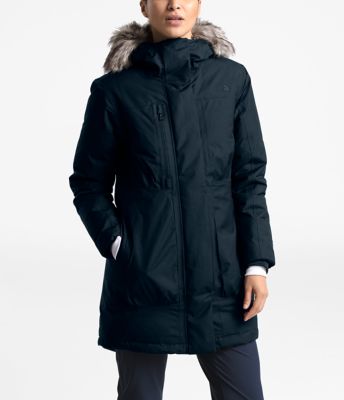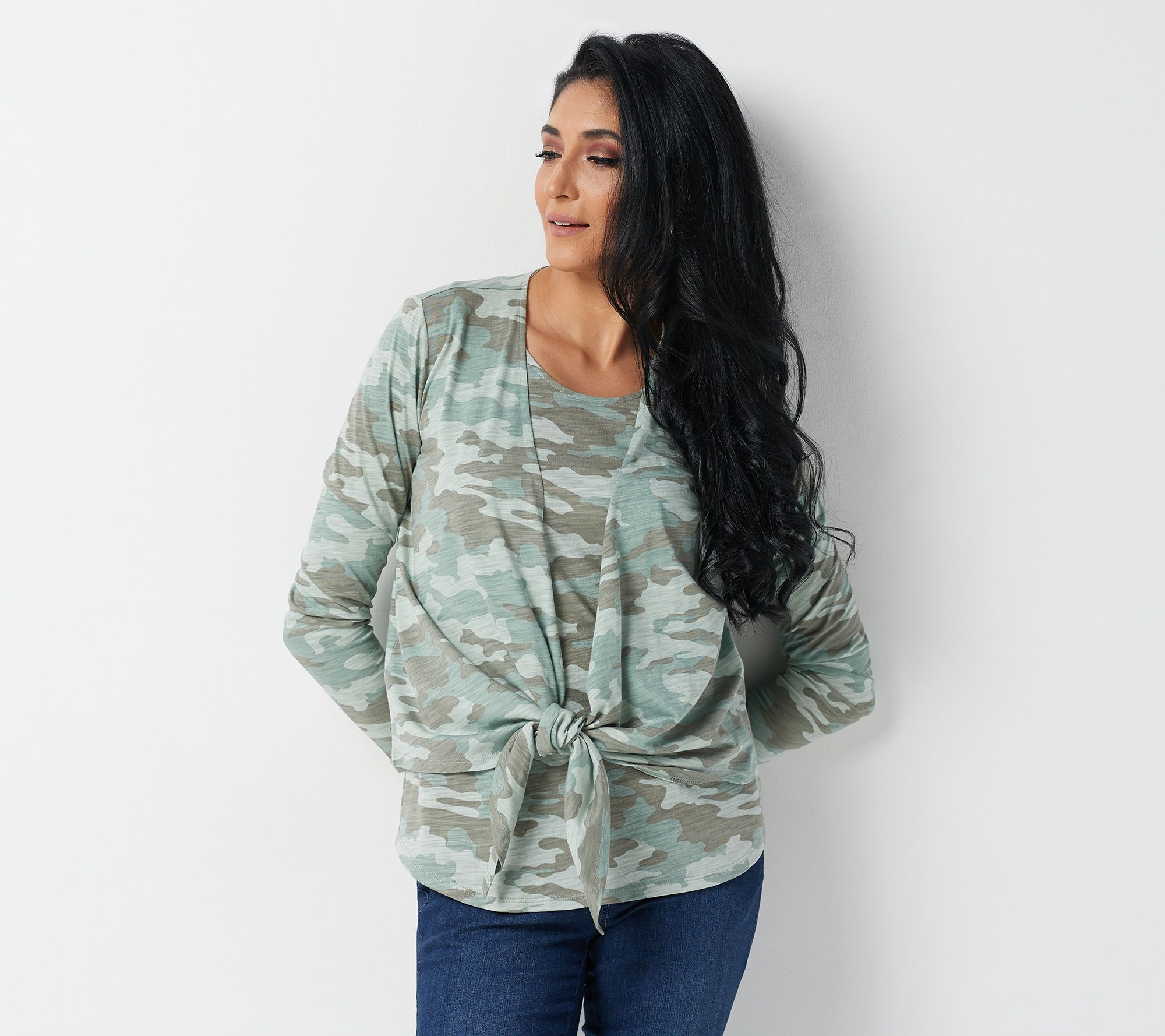Women’s Arctic Parka | The North Fac
550-fill goose down parka for warmth without the weight in arctic conditions.
550-fill goose down parka for warmth without the weight in arctic conditions.
- Standard fit
- Waterproof, breathable, seam-sealed DryVent™ 2L shell
- 100% windproof fabric
- 550 fill down
- Removable, fully adjustable hood with removable, faux-fur ruff
- Tall stand collar for added protection
- Stormflap covers two-way, VISLON® center front zip
- Darting at front and back of waist
- Covered, zippered handwarmer pockets
- V-shaped, drop-tail split hem
- Internal fleece cuffs
- Adjustable waist bungee inside hand pocket
- Embroidered logo on left chest and back-right shoulder
- Style:
- NF0A3XD8
- Avg Weight:
- 1240 G (43.7 Oz)
- Center Back:
- 37″
- Solid:
- 70D 176 G/M² DryVent™ 2L—59% Cotton, 41% Nylon Woven With Durable Water-Repellent (DWR) Finish
- Heather:
- 160D 168 G/M² DryVent™ 2L—100% Polyester Woven With DWR Finish
- Lining:
- 50D 72 G/M² 100% Recycled Polyester Woven With DWR Finish
- Insulation:
- 550 Fill Grey Goose Down; Certified To The Responsible Down Standard (RDS) By Control Union
- Source:
- Imported
- Guarantee:
- Lifetime Warranty
Additional information
| Avg Weight | 1240 G (43.7 Oz) |
|---|---|
| Solid | 70D 176 G/M² DryVent™ 2L—59% Cotton, 41% Nylon Woven With Durable Water-Repellent (DWR) Finish |
| Heather | 160D 168 G/M² DryVent™ 2L—100% Polyester Woven With DWR Finish |
| Lining | 50D 72 G/M² 100% Recycled Polyester Woven With DWR Finish |
| Insulation | 550 Fill Grey Goose Down; Certified To The Responsible Down Standard (RDS) By Control Union |






Reviews
There are no reviews yet.